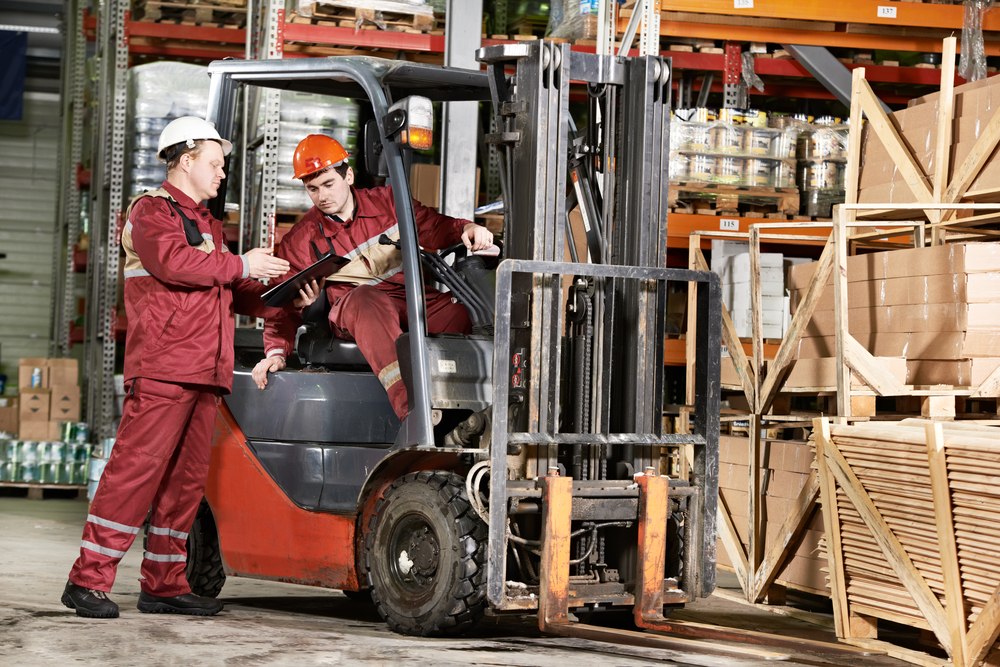
Within warehouse processes, it can often be beneficial to automate the assignment of specific workflows; requirements for collecting pallets are different from the requirements for collection boxes, and need to be overseen differently. There are many different ways that these tasks, or the management of these tasks, can be automated within warehouses. One method in particular that can aid in the execution and efficacy of warehouse functions is voice technology for forklift terminals.
You can implement voice technology in fixed terminals simultaneously with barcode reading and RFID technologies. These terminals can provide a warehouse with benefits of cost savings, increased productivity and incorporation of new processes.
In warehouse management, it is possible to use voice technology in collection processes with precision and productivity benefits; voice terminals are typically used in the belt of the operator or permanently mounted on a forklift while the operator uses a headset. The management system sends a request for collection and the voice system tells the operator where to go. The operator can then go to the defined location and vocalize the location code or check digits; the system checks the information and sends instructions to take the product and quantity needed, the operator takes the products and pronounces the identification article. In this process, it is not necessary to implement a keyboard, screen or bar code reader. This method is capable of increasing accuracy throughout the process and reduced the time involved for each employee.
Voice technology requires less time on which to train new operators. It is very effective in expediting highly repetitive tasks with little variation in the processes, specifically. When this technology is implemented into the uses of a forklift, the advantages are very clear: the driver can permanently keep his or her eyes on what he is doing without having to pause to manage a barcode reader, and hands are permanently free because everything can be done with voice. Additionally, this type of solution can save operators time because there is no need to type anything or read barcodes.
To best implement this solution, there must be terminals on the forklifts that have integrated different data entry technologies such as barcode readers, voice, RFID and keyboards or screens, so that these solutions can coexist simultaneously.
In receiving processes, the operator can receive a voice message or instruction on the terminal screen of the forklift about the products to be received. He or she can then identify by voice, RFID or scanning the barcodes of the items received. From there the operator can receive voice, or on-screen directions of where these items should be placed.
These systems can help better expedite the jobs of forklift operators in a busy warehouse setting. Voice activation and navigation through a warehouse can keep shipments moving, reduce the time it takes to get everything where it needs to be, and take stress off of the operator. When integrated with other solutions and customized to fit the needs of the business, voice activation solutions can greatly improve workflow within a warehouse.
Co-contributor: Cesar Camacho

